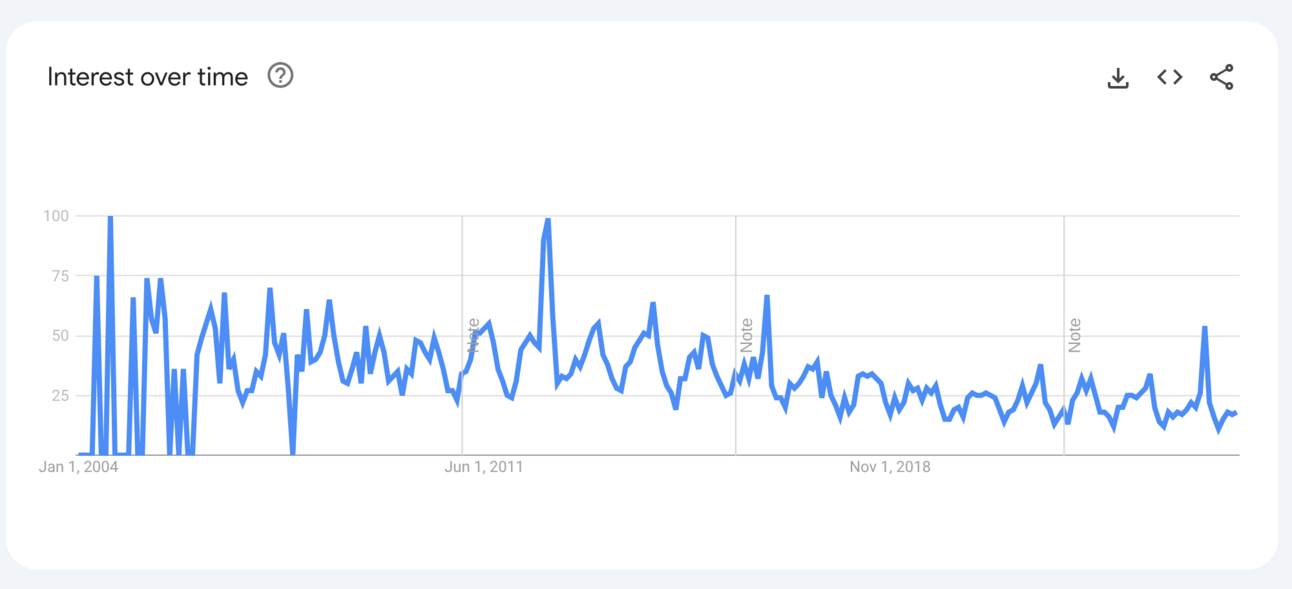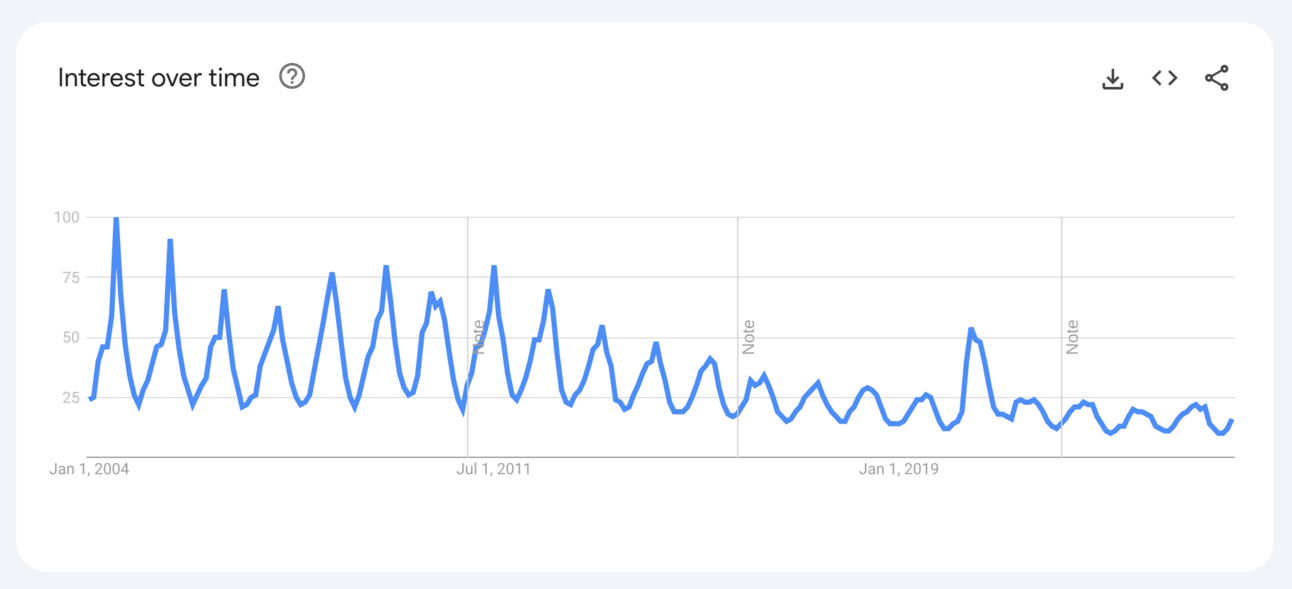Thanks for continuing to read my posts. I have really been enjoying writing them. The most enjoyable part for me has been that I feel like I have become a better writer with each post. It seems like my understanding of writing is expanding quickly, not only am I improving as a writer, more importantly, I’m seeing even more areas to improve upon next time. It means alot to me that you have stuck around to follow me on this journey. Please, if you have any comments you can share them with me by replying to this email, or by texting me!
Thanks again,
-Gus
I have a funny feeling about the growing popularity of pro road cycling here in the US. It's the same feeling I have about boot-cut jeans: they’re making a comeback. Like boot-cut jeans, US pro cycling fell out of favor years ago, likely due to its association with doping. But jokes aside, I believe pro cycling viewership is on the rise—not because Kendrick Lamar wore cycling gear during the Super Bowl, but for several key reasons.
First, American talent in the pro peloton has surged in recent years. Just recently, Stage 8 of Paris-Nice marked a monumental moment for US cycling, with Americans crossing the line in first and second. Magnus Sheffield claimed the stage victory in spectacular fashion, while Matteo Jorgenson secured the GC category win. On the women's side, things are looking even brighter: Kristen Faulkner won an Olympic gold medal last year in Paris. Beyond the rise in US talent, more pro racing is making its way to the US. News recently broke about a week-long, elite-level stage race coming to Colorado in 2026. Though the details are still sparse, the prospect of seeing top-level pros back on US soil is exciting. With the rise of road cycling’s popularity, the cycling industry in the US stands to benefit.
To explore this, I'll examine the state of the bike industry during cycling’s previous peak, predict what changes might occur with the revival of pro cycling, highlight areas of potential growth, and suggest how to capture that growth.
Pro cycling in the US peaked during the Lance Armstrong era, from the mid-2000s until around 2011. That’s when doping scandals severely tarnished the credibility of the sport’s personalities. To get some data on trends of interest I used the Google Trend tool. This tool allows us to compare the frequency of different search terms by county. Figure 1 shows the decline in the popularity of the Google search term "Pro Cycling," in the US. This aligns with what I expected to see. Meanwhile, Figure 2 compares this trend to the UK, where the fall in popularity wasn’t as drastic. To me this is exciting because it suggests that while cycling in the US faced a steep decline, we have lots of room to grow the excitement to match or surpass that of the UK.

Fig. 1 “pro cycling” in the US

Fig. 2 “pro cycling” in the UK
So, what was the cycling industry like during this peak, and how did it fare when the excitement around pro cycling waned? My research, based on search trends, shows that interest in road biking fell at the same time as the decline in pro cycling popularity. This can be seen by examining the interest in the search term "road bike" in the US, notably it sees a similar decline to pro cycling (see Fig. 3). Intrrestly, meanwhile, the terms “mountain bike” in the US (see Fig. 4) and “road bike” in the UK (see Fig. 5) didn’t see similar declines.This underscores that fall of road biking was unique to just road bikes and just the us. This supports my thesis that the fall of pro cycling in the US also contributed to decreased interest in road biking and, by association, road bike sales.

Fig. 3 “road bike” in the US

Fig. 4 “road bike” in the UK

Fig. 5 “mountain bike” in the US
If this correlation holds true, then the growing excitement around pro cycling should drive renewed interest in road bikes. This presents an untapped market in the US cycling industry. My personal experience supports this as well: I know many cyclists who own several bikes, but few have a dedicated road bike. I believe these consumers would be open to purchasing a road bike if they felt they would enjoy riding it, and what better way to convince them than through the excitement of pro cycling?
As an industry, we’re at an exciting juncture for road cycling in the US. To capitalize on this momentum, we must embrace this new era of pro cycling and create an environment where it can thrive. One of the best ways to achieve this is through community events. Group rides can unite and grow the cycling community, local races can engage competitive riders, and race watch parties can bring fans together. These events not only generate excitement about road cycling but also help remind consumers why owning a road bike is worthwhile. As conveyed in the charts above, we don’t even need to create new cyclists. There is a lot of growth to be had by pursuing the easier task of reminding existing cyclists that road cycling is a worthy addition to MTB and gravel riding.
